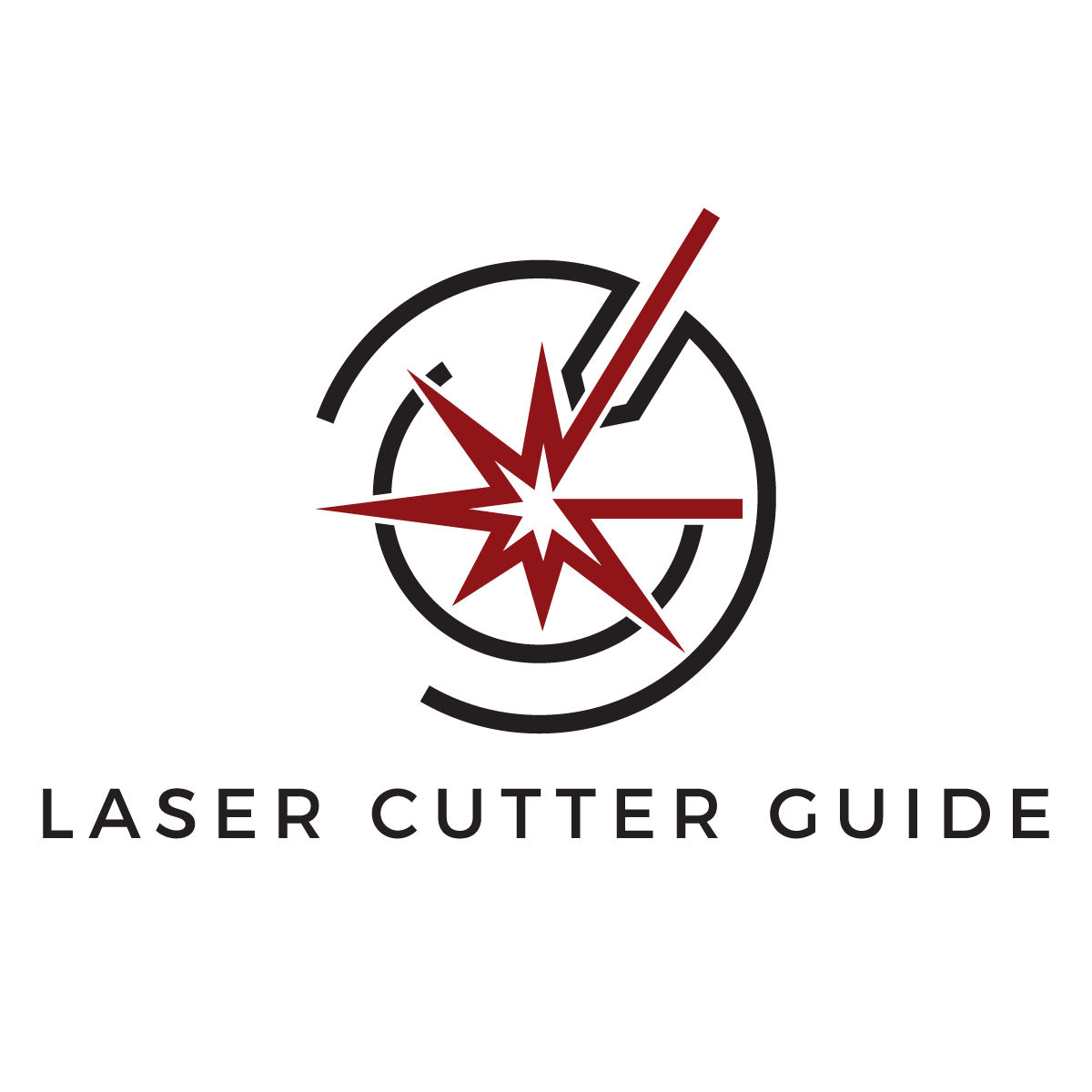Our Latest Posts
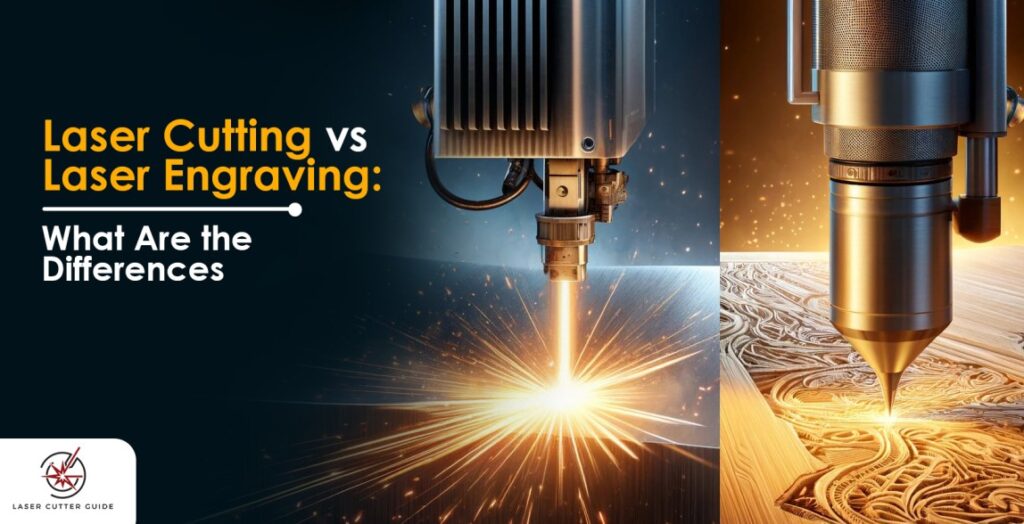
Laser Cutting vs. Laser Engraving: What Are the Differences
Laser cutting is an accurate manufacturing process that uses a focused, high-energy laser beam to cut through diverse materials, producing detailed, two-dimensional objects. Laser cutting’s efficiency and accuracy are suitable for hobbyist and industrial use. A high-energy light beam, such as Nd: YAG, CO2, or a fiber laser, is focused onto the material sheet or plate. A high-pressure gas stream removes molten material or debris after the beam melts or evaporates along a specified path using computer-generated instructions (G-code). The laser cuts the material into the desired two-dimensional shape while moving in the X and Y directions, finishing the cutting profile. Vector and laser rastering are examples of laser cutting procedures used depending on the application’s requirements. Laser cutting has revolutionized material processing in various industries, including steel, aluminum, copper, and softer materials such as plastics, wood, acrylic, and delicate fabrics. Laser engraving uses laser technology to accurately and precisely

Laser Beam Quality: Definition, How it Works, and How to Optimize
Laser beam quality is an essential aspect of laser technology, defining the accuracy and efficiency of a laser beam. The different elements involved in the process are divergence, mode structure, spatial profile, and intensity uniformity. A good laser beam quality produces a symmetrical, focused, and low-d divergence beam that improves accuracy and efficiency across various applications. Poor laser beam quality shows anomalies that negatively impact accuracy and performance. The beam parameter product (BPP) and the M2 factor are characteristics utilized in evaluating beam quality. Accurate proportions of a laser’s divergence and spatial profile allow engineers and researchers to compare and assess other lasers logically. High-beam-quality systems improve system synchronization, which is crucial for laser communications and remote sensing. The importance of the quality of the laser beam extends beyond industrial settings into the fields of science and medicine. Laser spectroscopy, quantum optics, and atomic physics require control over the laser
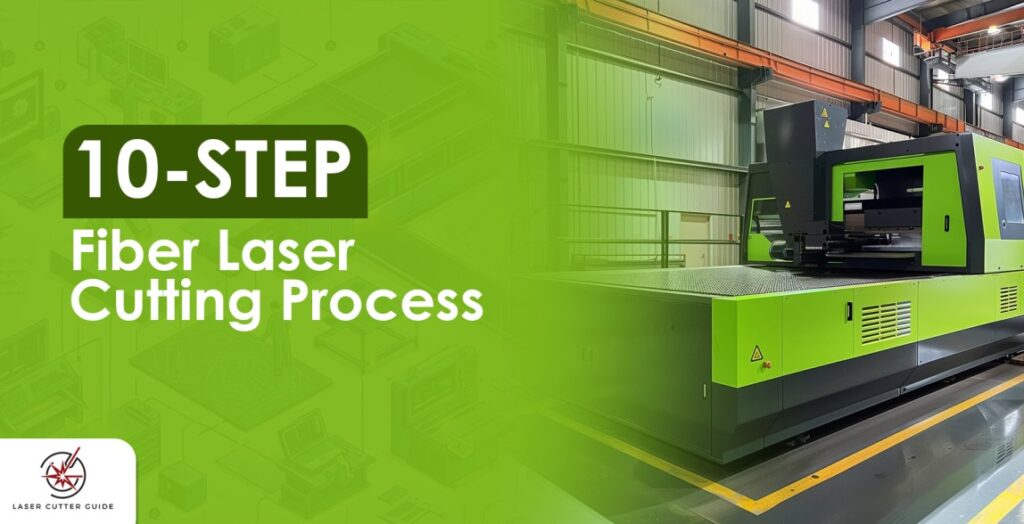
10 Step Fiber Laser Cutting Process
The fiber laser cutting process reliably cuts “fiber laser cut metal” and other materials. Fiber laser cutting is recognized for its precision, speed, and flexibility, making it a good fit for the aerospace, automotive, and metalworking sectors. The method offers several advantages over conventional cutting technologies: better cutting rates, more precision, cheaper cost of operation, less material used, and it cuts complex shapes quickly. A fiber laser is a type of laser that uses a fiber optic “gain medium” which emits and intensifies laser light. The cutting process uses a medium typically doped with rare-earth elements like erbium, ytterbium, or neodymium, which absorb energy from pump diodes and emit laser light when stimulated. Fiber lasers have high efficiency, beam quality, and reliability, making them popular in industrial applications including cutting processes. The following explanations answer questions about “How does a fiber laser work?” and “What is a fiber laser?” Many
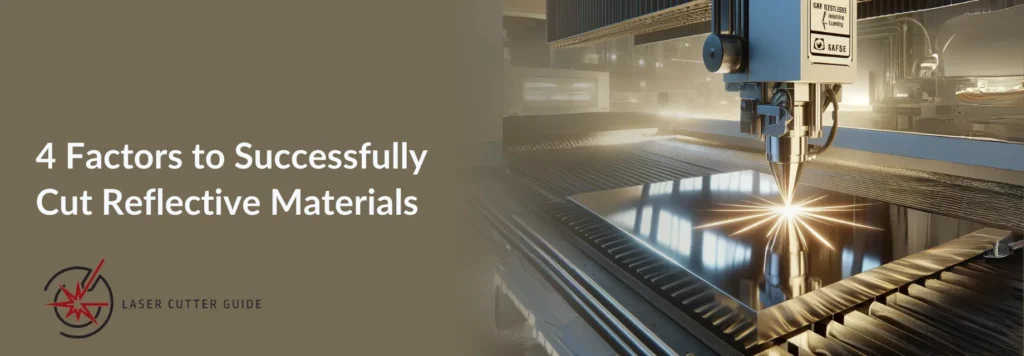
4 Factors to Successfully Laser Cut a Reflective Material
Successful laser-cutting of a reflective material involves managing several critical factors to achieve precise and efficient results. The factors include the focus point, cutting speed, power settings, and choice of cutting gas. Each element plays a crucial role in determining the quality of the cut and minimizing the risk of damage to the material and the laser equipment. Focus Point: The laser cut focus point is vital when cutting reflective materials. It must be precisely adjusted to ensure maximum energy concentration at the cutting surface, which helps achieve clean cuts. Cutting Speed: The cutting speed refers to how fast the laser beam moves across the material. A slower cutting speed is often necessary for reflective materials to allow the laser beam enough time to melt or vaporize the material without causing excessive heat buildup. Power Settings: The laser cutter’s power settings must be carefully calibrated for each material to achieve
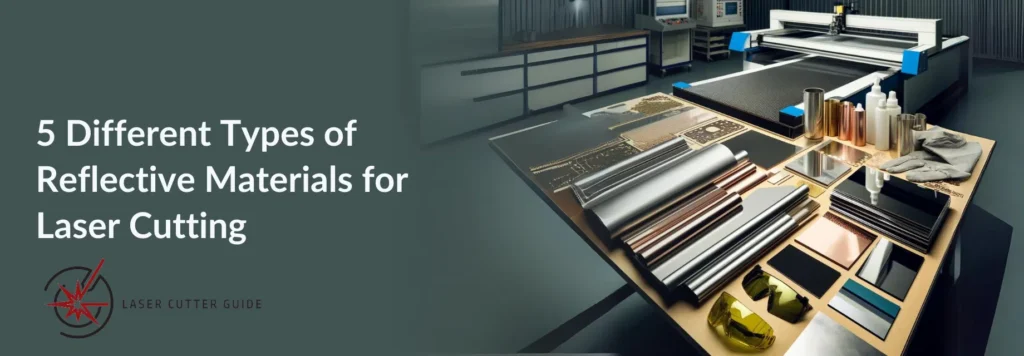
5 Different Types of Reflective Materials For Laser Cutting
Reflective materials present a particular issue in metal laser cutting since they tend to reflect a large portion of the laser energy, which impedes the cutting process. The obstacle notwithstanding, developments in laser technology have made it easy to precisely and accurately cut a variety of reflecting surfaces. Silver, copper, gold, brass, and aluminum are some of the most frequent reflective materials used in metal laser cutting applications. Silver, noted for its brilliant brilliance, is used in jewelry and electronics, whereas copper, valued for its conductivity, is utilized in electrical wiring and plumbing. Gold, valued for its scarcity and brilliance, is employed in jewelry and aircraft components. Brass is used in musical instruments and decorative hardware, whereas aluminum, known for its lightweight and durability, is used in the automobile and aerospace industries. Laser cutting reflective materials necessitates specialized procedures to overcome their reflected qualities and make clean cuts without surface
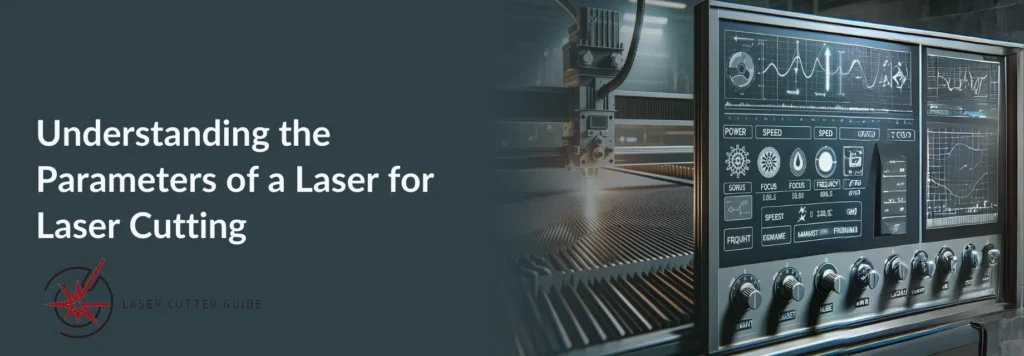
Understanding the Parameters of a Laser for Laser Cutting
Understanding the parameters of a laser for laser cutting entails understanding the essential traits and actions that affect the cutting process. Several parameters must be considered, including laser power, wavelength, spot size, and pulse width. Mastery of these parameters allows operators to fine-tune the laser cutter’s settings for the best cutting performance adapted to individual materials and applications. Understanding a laser’s settings for laser cutting necessitates appreciating how these factors interact and affect the cutting results. For example, operators manage material penetration and heat generation by modifying the laser power and pulse width, and they control the level of detail and precision in the cut by varying the spot size. Operators ensure effective and superior results by adjusting cutting settings with knowledge of these parameters and their impacts. What are the Key Parameters of a Laser? The key parameters of a laser are listed below. Power: Power is the laser
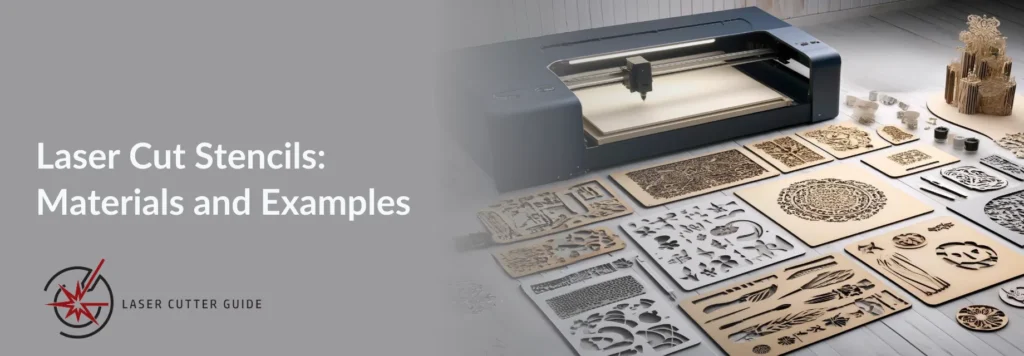
Laser Cut Stencils: Materials and Examples
Laser cut stencils are devices employed in specific applications to transfer motifs or designs onto surfaces. The stencils are created using a laser cutter, a machine that uses a powerful laser beam to cut through materials with exceptional precision and speed. The selection of materials for laser cut stencils is contingent upon the specific application, encompassing options such as metal, Mylar, and plastic. Metal stencils crafted from stainless steel or aluminum are renowned for their robustness. Metal stencils are well-suited for frequent utilization, especially in industrial environments such as electronics fabrication for printed circuit boards (PCBs). Mylar stencils, constructed from polyester film, possess the qualities of flexibility, lightness, and cost-effectiveness, rendering them highly sought-after for endeavors in the arts, crafts, decoration, and modest-scale industrial usage. A Mylar laser cutter is precisely engineered to process the material, guaranteeing precise cuts and sharp edges for intricate designs. Plastic stencils are made from
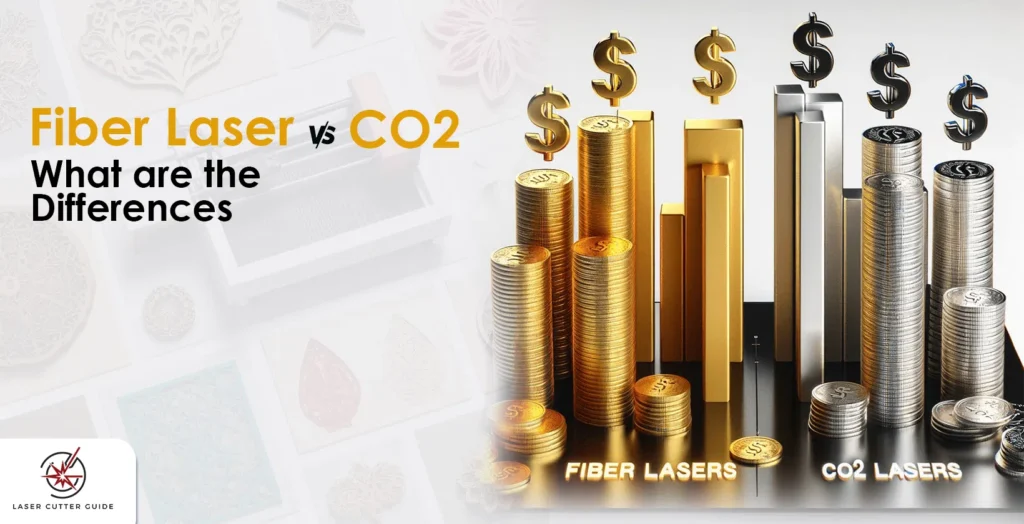
Fiber Laser vs CO2: What are the Differences
Understanding the differences between technologies and the materials for which they work best when comparing fiber laser vs CO2 is essential. Fiber lasers are noted for their excellent efficiency and precision for cutting and marking metals, but CO2 lasers, with their longer wavelength, are perfect for processing non-metal materials such as wood and acrylic. The decision between the two relies on the application’s particular needs. CO2 lasers offer adaptability in handling a wide range of non-metal materials, whereas fiber lasers are recommended for metal processing. Fiber lasers, sometimes called fiber laser cutting systems, intensify light using a solid-state laser source with a doped fiber core. Their high beam quality, small size, and high efficiency are well known. Fiber lasers are very useful for cutting and marking metals, such as copper, brass, aluminum, and steel. Their shorter wavelength enables a more focused beam, which produces precise and clean cuts, particularly on
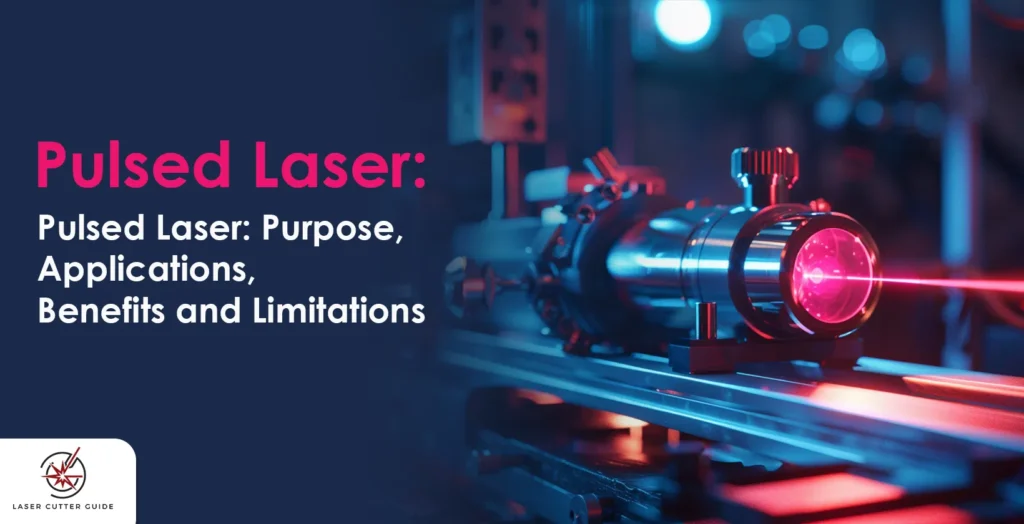
Pulsed Laser: Purpose, Applications, Benefits and Limitations
A pulsed laser emits light in short bursts or pulses, with intervals of ‘off’ time between pulses. A pulsed laser differs from continuous-wave lasers in that it does not emit a continuous stream of light but discrete pulses. Pulsed lasers have various pulse durations and repetition rates, allowing precise control over the emitted light pulses. Pulsed lasers generate short bursts of high-intensity light or electromagnetic radiation. They are used for various applications, including material processing, scientific research, medical procedures, defense, communication, environmental monitoring, and industrial applications. Pulsed lasers enable tasks such as laser ablation, spectroscopy, surgery, target designation, data transmission, 3D imaging, and manufacturing processes. Due to their distinctive capabilities, pulsed lasers are utilized across a wide array of fields. In material processing, they are applied for laser ablation, micromachining, surface texturing, drilling, and welding. Within scientific research, they facilitate spectroscopy, time-resolved studies, and the exploration of ultrafast processes. In
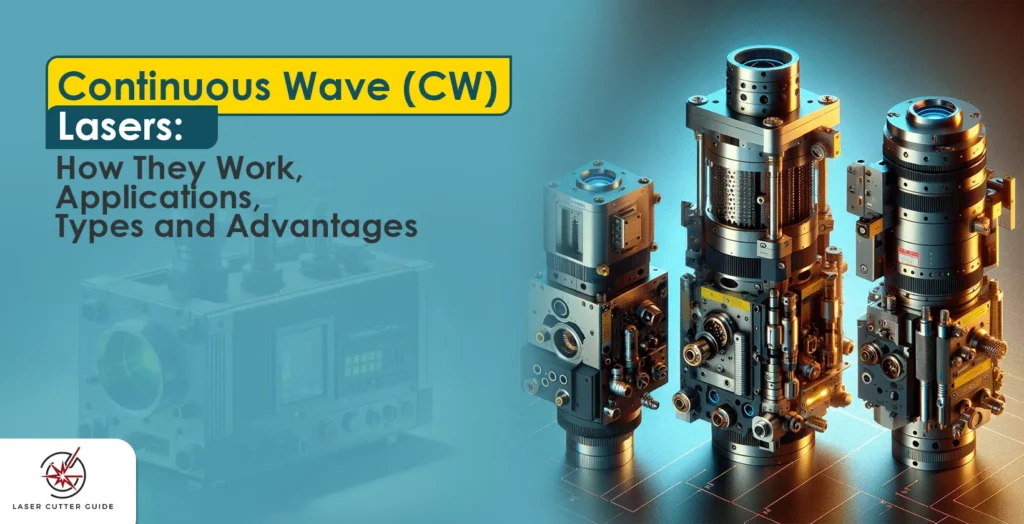
Continuous Wave (CW) Lasers: How They Work, Applications, Types and Advantages
Continuous Wave (CW) lasers are a type of laser system that emits a constant and uninterrupted beam of laser light. CW lasers emit steady light output throughout their operation, unlike pulsed lasers that emit short bursts of high-energy light. CW lasers are best for applications that require a steady and continuous laser beam. They are popular for engraving, machining, and welding applications, as the continuous beam allows for precise and intricate work. The characteristic of CW makes them suitable for various applications that require a continuous and stable laser beam. Continuous Wave lasers maintain a constant flow of electrical current through the laser medium. The medium is a solid-state crystal, gas, or semiconductor diode. An atom or molecule within the medium emits coherent photons of light when the continuous current is applied. Laser properties, such as wavelength and power, are controlled by adjusting the laser’s components and parameters. Continuous Wave
